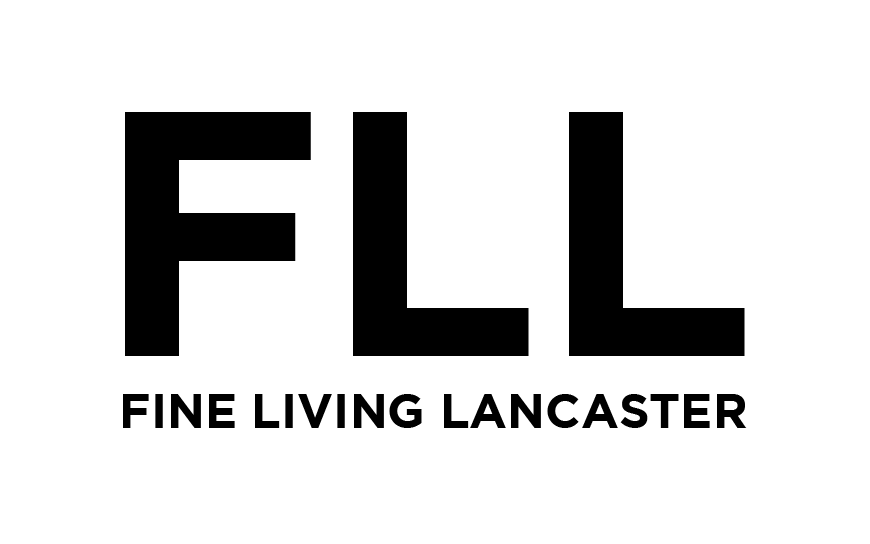Interview with Mayor Danene Sorace
You’re reading this interview because those of us here at FLL wanted to check in with Lancaster Mayor Danene Sorace. We were curious if the enthusiasm and hopefulness that the Mayor expressed in her interview with us a year ago had waned. This year, quite a few controversial and difficult events have happened here in Lancaster, many of which—mainly through social media—received the attention of national news outlets, far and wide. We were curious if she has been able to stay the course and address all of those important and long-term issues she had been so focused on, such as an intractable poverty rate (though a glimmer of good news — poverty rates fell 2.6-percent in 2017) and neighborhoods feeling that they had been ignored, and not succumb to putting out the ‘daily fires’ of a bureaucratic job. Our interview this time around was conducted in her bright and inviting office, rather than at the small table at a local coffee shop we met at one year ago.
As we begin our interview, it’s clear Sorace is a little more tired, a little more serious, and a whole lot more aware of each and every problem someone in this mayoral position is expected to attempt to fix. She’s also aware of the limitations of her office when trying to fix them. As she explains, “Cities across the country are losing Federal financial support, as our infrastructure needs attention. We are all making it up with no road map, trying to implement with long-term solutions and not band-aids, and trying to do it without asking constituents to pay the highest tax burden.” She and her team have tried to prioritize improvement of city roads, but have encountered both financial obstacles and pushback from constituents demanding such work begin in their neighborhoods. Her administration has also prioritized lead removal from schools and homes; that, too, has pushed the administration into an arena fraught with tension and friction.
When asked what she has learned in the past year, she mentions the word (and concept of) “and.” To provide a bit of context, she was recently asked to speak at a ceremony for Michael Molla, the incoming President of the Pennsylvania College of Art and Design. The invitation PCAD sent included the imagery of an ampersand, which was also the theme of the event. You may have even noticed the large ampersand sculpture at the intersection of Chestnut and Prince Streets. The “&” symbol has its roots in Latin, combining the letters “E” and “T,” making the word “et” (what we translate as “and”). She explains this simple conjunction, but then leans forward in her seat to share her explanation of the sculpture’s true impact on her. She says, “It’s never just one thing. People aren’t either this or that, but both/and. When we recognize that there is space for this friction, we can solve problems.” She notices a perplexed look on my face, and so she continues, “If you say, ‘I love working with you, BUT there is one thing I’d like to talk about’ or you say, ‘I love working with you and there is one thing I’d like to talk about’, it feels like a totally different statement. ‘And’ can hold that tension – both things can be true at once. When you use the word ‘but’, all people remember is what came second. There is no friction in either/or – it is just black or white. It doesn’t create any space or possibility. ‘And’ does this in just three little letters – a world of possibility.”
This philosophical approach to language is also being used to help Sorace and her team be more reflective and to implement the strategies of asking more questions, being willing to, as she explains, “hold differing points of view, and not rush to judge.” She affirms this idea by emphasizing her open door policy. “I’m listening,” Sorace says. “Be respectful and I will respond to emails, phone calls, and discussions on the street.” She is always looking to find solutions, and is happy to engage in thoughtful discourse with all of her constituents.
A few post-interview notes from the writer: In reality, I assume our Mayor is grappling with the same issues that every leader deals with—where to find the money that is needed to get everything done without over taxing or displeasing their constituents and disrupting the bureaucracy. The ‘need to-do’ list is long, the revenue list is short, and change does not happen fast enough. The difference is that this government leader is part philosopher. Sorace finds meaning in a piece of art, and has used it to inspire creative thinking and expand the options for action.
In the past few years, we have all seen the divisions some leaders are trying to create between us—tribalism, polarization, xenophobia, racism, sexism, and more... and our health, the health of our humanity, is paying the price. Mayor (and Philosopher) Sorace is correct; we aren’t one thing or the other. We are a swirl of complexity, and we all fall in that gray area where real understanding begins, questions are asked, and problems are solved. Imagine the possibilities...Mayor Sorace does.
By: Marian Pontz








